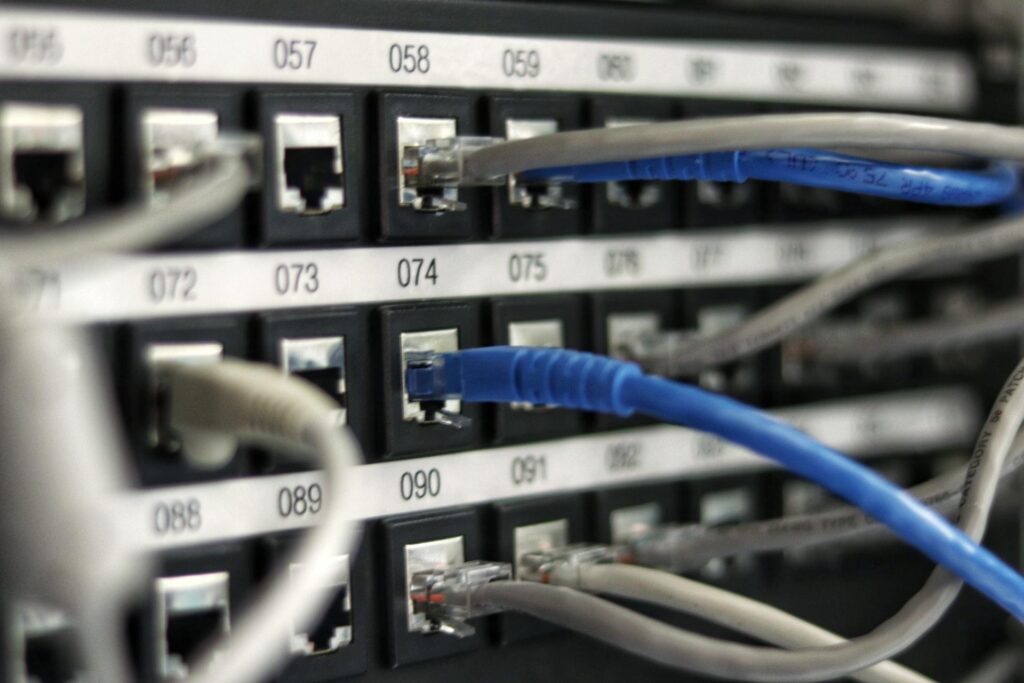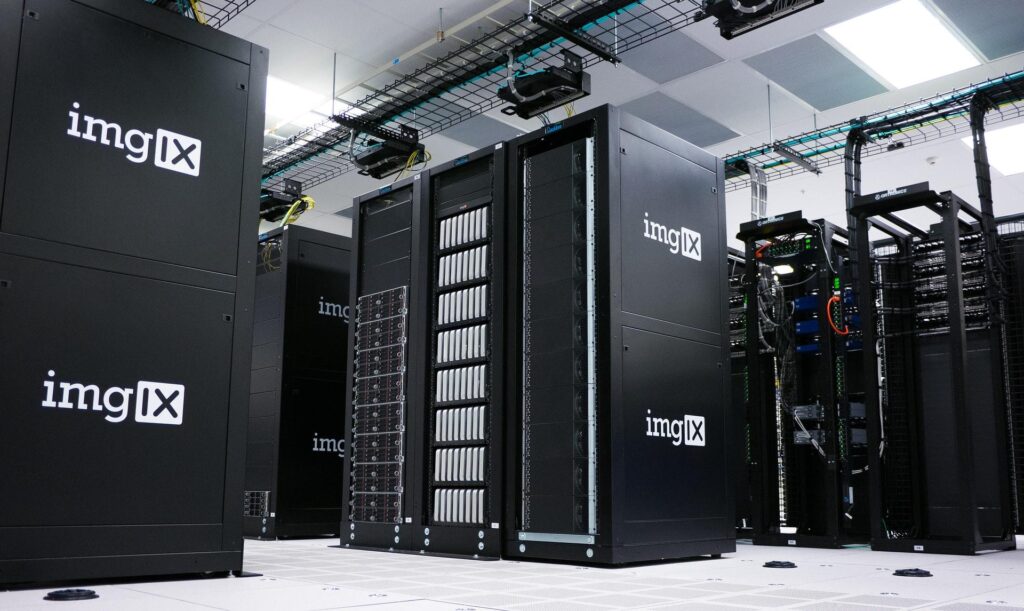Digital certificates are electronic identification protocols used to check the identities of web users, computers, and other network members. Due to their purpose and function, digital certificates work like traditional ID cards, driver’s licenses, and passports.
For instance, the respective authorities issue passports or IDs after verifying an individual. Likewise, certification authorities (CAs) issue digital certificates. These certificates enable the issuing authorities to authenticate all the users of a particular network or digital infrastructure, preventing intruders from gaining access.
The authenticity of those sending emails or running websites is questioned every day, as attackers will pretend to be someone they are not to compromise the sensitive data of Internet users. The easiest way to prove this authenticity is through a digital certificate. Digital certificates utilize key pairs that only the creator of the key pair can own, thus proving they are who they say they are. The certificates are also created and signed by trusted authorities called Certificate Authorities, or CAs. CAs utilize a Chain of Trust, leading back to the original CA, which is kept offline and secure to ensure it cannot be compromised.
Certificates are not just created and given to users; They follow an important lifecycle that works to protect and renew certificates so they can be continually used without fear of attackers stealing them and masking themselves as the certificate owner. The trust in certificates created by a certificate authority begins with the assurance that its certificate lifecycle is well-managed and immune to compromise. The certificate lifecycle is extremely important to implement, as it is the equivalent of the user’s identity to which it is issued.
This type of cryptography is far superior to the hash cryptography typically employed by credential-based systems, but it requires more setup. Its asymmetrical nature requires the two parties to establish secure communications (usually through a certificate authority’s mutual trust) to provide the public-private key pair.
You need a public key infrastructure (PKI) to deploy certificates. On-premise PKIs are expensive and take weeks to set up. In contrast, managed cloud-based PKIs, like the one SecureW2 offers, can be configured and deployed in hours.
However, the most important tool for managing the certificate lifecycle is a robust certificate management system (CMS) that allows you to view, manage, and customize every aspect of the process. The SecureW2 CMS has an intuitive single-pane management interface with AI-driven anomaly detection and reporting, so there’s always an eye on your network.
Since the number of users on today’s networks is so large, such systems require adequate support and coordination. Certificate Lifecycle Management Systems (CLM/CLMS), also known as Certificate Management Systems, offer the support that is needed.
Their Primary Purpose

CLM/CLMS primarily enables admins to organize the various aspects of a particular certificate’s lifecycle while having a broader understanding of the entire network’s state. Therefore, they are instrumental in the successful management of digital certificates.
Hence, organizations considering deploying digital certificates must use certificate lifecycle management services to ensure a robust infrastructure for their enterprise network. However, note that your certificate lifecycle management solution will include different stages.
Another reason to maintain a strong certificate lifecycle is its use with websites. A compromise of a website’s digital certificate can result in outages, causing losses for the organization whose website it is. The website could also infect users’ computers with malware or execute phishing campaigns under the guise of the website owner. The first step to properly implementing a certificate lifecycle is knowing what each stage of the life cycle is and how to protect each stage.
The remaining phases require a strong level of protection and authentication. The Creation stage should ensure that the CA issuing the certificates has a valid Chain of Trust each time a new certificate is created. Installation should be correct, as poorly implemented certificates are a breach of security that an attacker can leverage for malicious purposes. The Storage phase needs strong security so that threat actors do not compromise and misuse the certificates. The revocation, renewal, and replacement of certificates must also be done securely and correctly, as these stages begin the cycle again from the beginning.
These stages help ensure the automated authentication and safety of sensitive data being transferred across the network. They also form the framework that enables system managers to maintain the smooth operation of networks. The section below discusses the top six stages.
1. Certificate Enrollment
This is the first and perhaps most crucial stage of the certificate lifecycle. It’s the initial point when users send requests to the relevant CA. It’s usually a collaborative process between the CA and the user, the PKI software like a web browser or email client. The request to enroll comes with the public key and enrollment information.
As soon as a user sends a certificate request, the CA triggers a verification process, depending on set policies and rules. The CA creates the digital certificate, installs it, and passes an authentication certificate to the user.
The CA also determines the policies regulating how the requesters can use the certificate when it is distributed.
2. Certificate Validation
When a certificate is used, its status needs to be checked. This enables the system to verify whether that specific certificate is operationally valid. In the validation process, the CA carries out a series of checks to determine the certificate’s current status.
These checks will establish whether the certificate is in its Certificate Revocation List (CRL). Certificates in this list are there for a reason and must be revoked.
3. Certificate Revocation

Every certificate issued by a certificate authority has an expiration date, which determines the duration of its validity. If a particular certificate requires revocation before its expiration date, the CA will receive instructions to include it in the Certificate Revocation List (CRL).
Some instances in which a certificate may require revocation are when the certificate becomes compromised or lost. Also, the user issued with the certificate will no longer work with your organization; you may need to revoke or add their certificates to the CRL to deny further access to your network.
4. Certificate Renewal
When a certificate reaches its expiry date, two things can happen to it. As already stated, it could go into the CRL. On the other hand, it can undergo renewal if the user will have to continue using it.
This process is usually set to occur automatically as long as the certificate policy authorizes it. However, user intervention can also cause certificate renewal if the CA’s policies don’t allow automated certificate renewal. During the renewal, it’s necessary to choose between creating new private and public keys.
5. Certificate Destruction
Once a certificate is no longer used, archives, backup copies, and original copies become useless. However, they can potentially compromise security in the wrong hands. Therefore, it’s crucial to destroy them, along with any private key connected with them. This stage is the point where every expired or revoked certificate and its respective keys are destroyed.
6. Certificate Auditing

Certificate auditing is the process through which the certificate management system tracks the creation, expiry, and revocation of certificates issued by the CA. It may also involve monitoring every instance of successful certificate use. Thus, this stage continuously checks for breaches, compromises, and expirations of certificates so the system can always take the right action for each certificate.
Conclusion
Cybersecurity is a major concern for any business with an online presence. With the increasing use of private and public networks to complete business transactions, a security breach may cost millions. Meanwhile, statistics show a 600 percent rise in cybercrime since the start of the COVID-19 pandemic.
Each portion of the certificate lifecycle requires its own level and protection methods. The Discovery phase acts as a security measure in and of itself. By searching for expired or missing certificates, breaches can be detected before they become an issue. The Monitoring phase is similar, as it monitors for expired, improperly implemented, or compromised certificates. Both of these phases can be automated to allow for a better detection process. There is the potential for a manual management system to miss a compromised or expired certificate.
Therefore, a comprehensive and reliable certificate lifecycle management solution will be essential to cover your SSL/TLS security vulnerabilities. Such a solution can streamline your security protocols across your entire enterprise, so you don’t have to worry about the ever-increasing threat of a cyberattack and its consequences.





